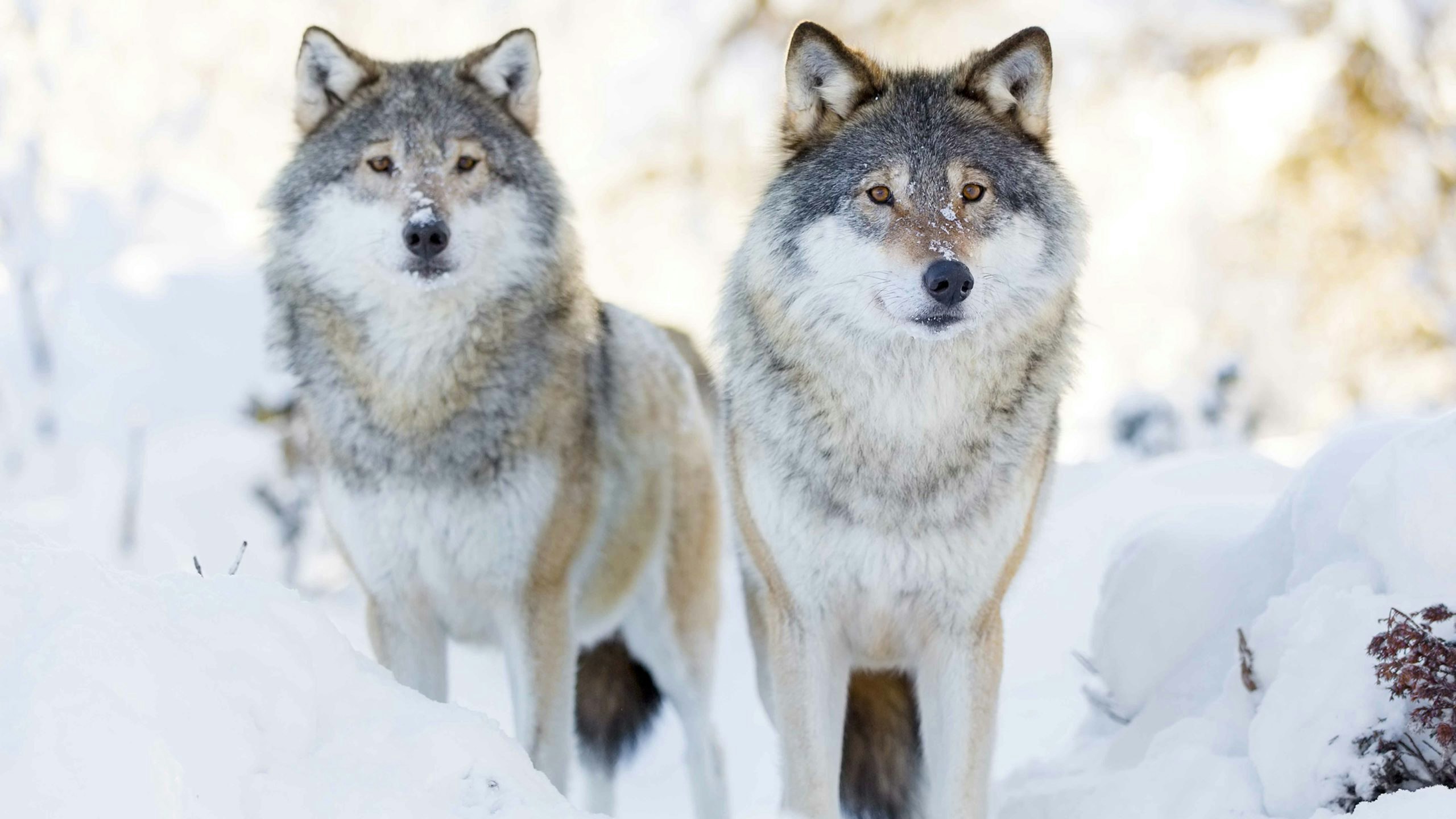Wyoming exceeded the delisting criteria for its gray wolf population for the 19th consecutive year in 2020, maintaining a steady population of more than 300.
According to the 2020 Wyoming gray wolf monitoring and management annual report from the Wyoming Game and Fish Department, the state is maintaining wolf numbers at healthy levels by using hunting, which also helps limit the number of conflicts between wolves and livestock.
The state has at least 327 gray wolves, according to the most recent count. At least 147 of those wolves reside within the wolf trophy game management area, where the Wyoming Game and Fish Department focuses its management efforts.
The wolf population for Yellowstone National Park is estimated at 123 and the Wind River Reservation has around 21 wolves.
The wolf population is considered “recovered” when 100 wolves and 10 breeding pairs are found outside Yellowstone National Park and the Wind River Reservation.
“After having management of wolves returned to Wyoming in April of 2017 we made a strong commitment to ensure we would be responsive and responsible managers in accordance with the plan,” said Dan Thompson, Game and Fish large carnivore section supervisor. “Part of that is providing an accurate population estimate. We are building a dataset that supports our management actions and helps target areas of livestock conflict and areas where there are concerns with how wolves are affecting certain big game populations.”
Reaching a steady wolf population is partially attributed to hunting in the northwest corner of the state. Wolf hunting seasons require hunters to have a license and adhere to set mortality limits and other regulations.
In 2020, hunters accounted for nearly 43% of the 71 wolves to die in the ecosystem. Another 38% of the wolves known to die during the year were killed after they preyed on livestock.
Ken Mills, the report author and the lead wolf biologist for Game and Fish, said seeing success with hunting as a tool to stabilize wolf populations is notable.
“That lends credence to our management approach and how we are going through the recovery process,” Mills said. “It is significant that today we are reaching a point where we have predictability in our management.”





